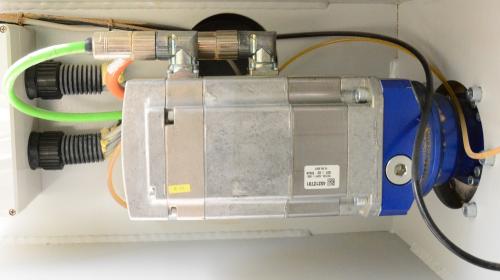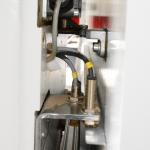Relativ measurement systemBy means of the relative measurement system a CNC-controlled machine can determine it's position. These machines have mainly optically working measurement devices at their mobile axes; these devices measure the path relatively to a start point. In the period of introducing the first CNC-controlled wood processing machines, relative measurement systems were used for cost reasons nearly without exception. In the 1990s, a new and economical absolute measuring system was used for the first time on beamsaws. Since then, the significance of relative measurement system has decreased. However they are still required for many applications. Advantages:
Desadvantages:
|
CNC machining centres, robots894
Edgebanding, edge processing629
Saws, cutting machines439
Planers, 4-sided moulders188
Routers, shapers, tenoners, profilers181
Drilling, mortising machines135
Presses, clamps, joining machines202
Sanding machines320
Mechanisation, storage, packing technology200
Surface coating152
Production lines127
Heating, drying, waste chopping62
Dust extraction, compressed air, vacuum134
Assembly, worktables15
Lathes29
Tools, sharpening technology91
Equipment, Other machines131



